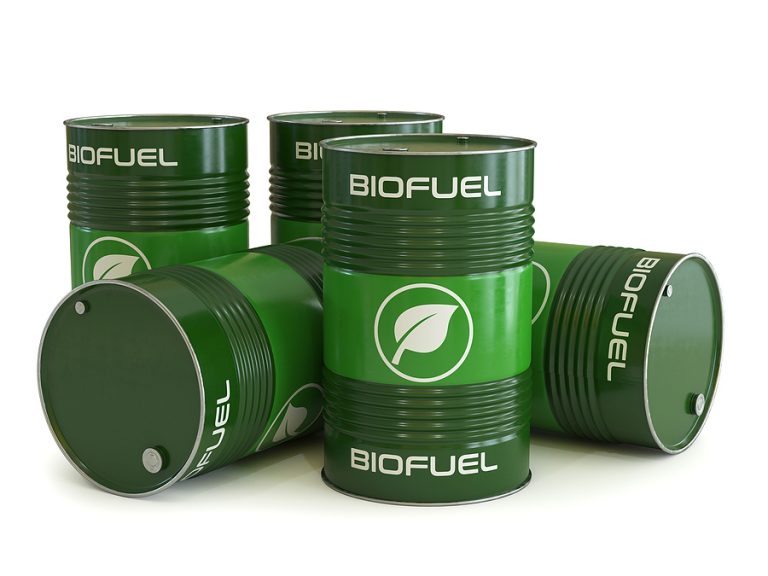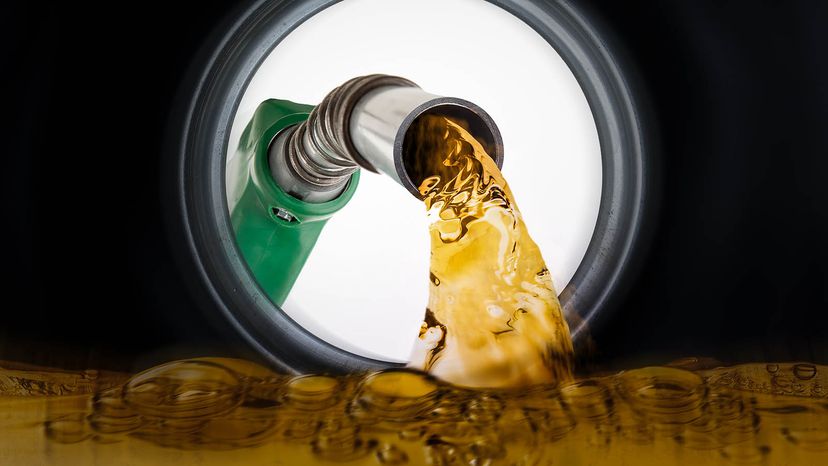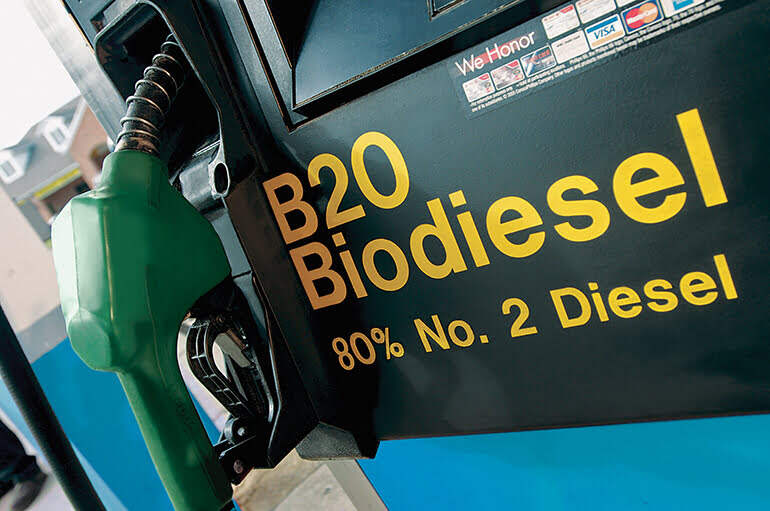We all know that the time has come we should start replacing non-renewable energy resources with renewables. Otherwise, we are bound to be doomed. For starters, we should begin by replacing fossil fuel-made petro-diesel with biodegradable biodiesel.
Therefore, to help you understand that why should you choose biodiesel over conventional petrodiesel, today, I am gonna share some of the exclusive similarities as well as the differences between biodiesel and diesel in a detailed format.
Well, they are almost similar fuels (ALMOST). I mean they can even work together in the same diesel engine. In other words, you don’t have to worry about buying a new automobile. But, how they work, how they affect the environment are different from each other. Let’s get to know about them in a tabular form.
Biodiesel vs Diesel
| Biodiesel | Petrodiesel | |
| 1. | Biodiesel is made from the transesterification of organic material waste such as vegetable oil or animal fat. | Petrodiesel or simply diesel is made from the fractional distillation of crude oil. |
| 2. | It comes under the category of renewable energy resources. | It comes under the category of non-renewable energy resources. |
| 3. | Biodiesel is practically carbon-neutral, hence, environmentally friendly. | Petrodiesel is one of the biggest sources of carbon emission, hence, destroys the environment. |
| 4. | Biodiesel is cheap due to higher government incentives. | Petrodiesel is a bit costlier as compared to biodiesel. |
| 5. | Just because biodiesel is practically sulfur-free, it does not contribute to acid rain. | It does contribute to acid rain. |
| 6. | Biodiesel has less calorific value than petrodiesel, hence producing less energy. | Petrodiesel has more calorific value than biodiesel, hence producing more energy. |
| 7. | It helps in the reduction of wear and tear of the engine parts. | It increases the wear and tear of the engine parts. |
| 8. | Biodiesel is a domestic source of energy. | Petrodiesel is an imported source of energy. |
What is Biodiesel?

Biodegradable diesel or simply Biodiesel is a renewable energy resource that is fully capable of replacing fossil fuel-made petrodiesel. By definition, biodiesel is made from the transesterification of organic material waste such as vegetable oil or animal fat that consists of Long-chain Fatty Acid Esters which contain Olefin components.
Transesterification (also known as Alcoholysis) is a chemical process that separates Fatty Acid Esters by replacing Glycerol with any short linear alcohol. Just to let you know that if we use methyl as alcohol for the process of Transesterification, the separated acid is known as Fatty Acid Methyl Ester (FAME).
What if we use Ethyl or Propyl instead of using Methyl as alcohol for the process of Transesterification? Can you name the end product? If yes, let me know in the comment section. Moving ahead, biodiesel is less flammable. Meaning, the ignition temperature of biodiesel is higher than that of petrodiesel. Hence, it is safer to handle, store, and transport from one place to another.
Not to mention, just because biodiesel has higher lubricity than petrodiesel, it not only reduces the chances of wear and tear of the parts of the engine. On the other hand, it also increases the life of the engine of your vehicle.
Sources of Biodiesel
Some of the sources of biodiesel are:
- Soyabean oil
- Vegetable oils,
- Yellow grease
- Animal fat
- Canola
- Algae, etc.
Advantages of Biodiesel
There can be so many advantages of using biodiesel.
- Biodiesel is Renewable
- Biodiesel is Carbon Neutral
- Safer than Petrodiesel
- Improves air quality
- High profit for the Biodiesel producers
- Biodegradable
- Pairs well with other renewables
- Non-toxic
- Domestic source of energy
- Provides stability in Energy Sector, etc.
Disadvantages of Biodiesel
Some of the disadvantages of using biodiesel are:
- Low performance
- Quality issue
- Can cause food shortage
- Some research suggests that excessive use of biodiesel can reduce the life of an engine
- Not suitable in colder regions
- Excessive use of biodiesel can cause clogging in engines, etc.
What is Diesel?

Petrodiesel or simply diesel is a non-renewable energy resource that is one of the major sources of environmental pollution. By definition, petrodiesel is made from the fractional distillation of petroleum products such as crude oil that consists of approximately 95% of saturated hydrocarbons and 5% of aromatic compounds.
Fractional distillation is the chemical process of boiling a mixture to separate its parts. In the case of extraction of diesel from crude oil, crude oil is boiled to the designated boiling point for diesel. Therefore, as a result, apart from petrodiesel, all the other components of crude oil such as gasoline get evaporated.
Moving ahead, fossil diesel is highly flammable. Meaning, the ignition temperature of petrodiesel is much lesser than that of biodiesel. As per ScienceDirect, the average flash point of biodiesel is somewhere around 150°C. On the other hand, the average flashpoint of petroleum diesel ranges between 55°C to 66°C. To sum up, biodiesel is safer to handle, store, and transport from one place to another.
Sources of Diesel
Some of the sources of diesel are:
- Crude Oil
- Shale Oil, etc.
Advantages of Diesel
Some of the advantages of using diesel are:
- Very high performance
- Very high calorific value
- Easily available
- Cheap
- Reliable, etc
Disadvantages of Diesel
There are so many disadvantages of using petrodiesel such as:
- Petrodiesel is non-renewable
- Toxic
- Destroy Environment
- Increases dependence on the foreign oil source
- Can cause acid rain
- Air pollution, etc.
Similarities Between Biodiesel and Diesel

One of the biggest similarities between biodiesel and diesel is that both can easily work in the same engine. Some studies suggest that as long as your vehicle is a diesel-powered one, you are good to go. On the other hand, some say that depending on the model of your automobile, you may have to modify it a little bit.
As per the Pacific Biodiesel, Certain older vehicles built before 1993 may require the replacement of fuel lines that contain natural rubber, as biodiesel can cause these lines to swell or crack. In addition, you can also blend them. Yup, you heard me right.
Not only you can use biodiesel in your existing diesel engine vehicle. You can also blend it with petrodiesel. There are so many ways to blend biodiesel with petrodiesel. For example, as a fuel for your automobile, you can use 5% biodiesel and 95% petrodiesel. Similarly, you can use 20% biodiesel and 80% petrodiesel.
Just to mention, if you are using 5% biodiesel, we call it B5. Similarly, if 20% blending with petrodiesel, we call it B20. You can also use 100% biodiesel. However, the most commonly used one is B5.
That’s it for this post. If you like this article, share it if you like, like it if you share it. You can also find us on Mix, Twitter, Pinterest, and Facebook. Hey man, If you have come this far, do give us feedback in the comment section. It would make my day. You can also make a donation. Your donations will help us to run our website and serve you BETTER. Cheers!!!
